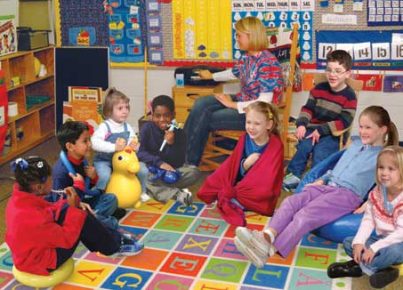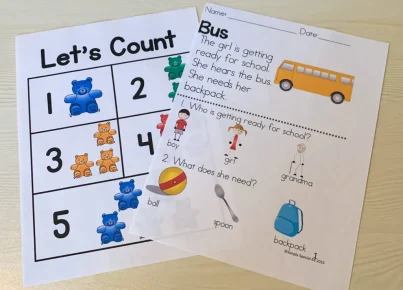In the sprawling complexity of the American education system, there lies a glaring issue that often goes undiscussed at dinner tables and policy debates: our special needs students are being left behind. This demographic of young learners, who require additional support due to a variety of disabilities ranging from physical impairments to learning and mental health disorders, is frequently overlooked in the pursuit of standardized success.
The problem begins with inadequate funding. The Individuals with Disabilities Education Act (IDEA), which guarantees all children with disabilities access to free and appropriate public education, is chronically underfunded. This shortfall means that schools often lack the resources to hire properly trained staff, provide necessary accommodations, or maintain specialized programs. As a result, students with special needs do not receive the level of tailored education promised by law.
Another issue is the lack of appropriate training for educators. While most teachers are passionate about helping all students learn, without proper training in special education techniques, they are ill-equipped to address the unique learning challenges these students face. This can lead to frustration on both sides — students don’t get the support they need, and teachers feel unable to provide it.
Further complicating matters is the standardized testing culture that dominates American education. These assessments rarely account for the varying abilities of special needs students, leading to an inaccurate measure of their learning and abilities. This one-size-fits-all approach can be demoralizing for special needs students who are consistently reminded of their differences.
Inclusion policies also contribute to America’s failure. While well-intentioned, thrusting special needs students into mainstream classrooms without adequate support sets them up for failure rather than success. Inclusion works only when there is enough support for both students and teachers.
Moreover, once these students leave the school system, they face a world with few opportunities for further education or employment due to a lack of transitional programs and societal stigma around disability. It’s a systemic issue that begins in inadequately funded classrooms but extends far into adulthood.
In conclusion, America’s treatment of its special needs students reflects broader social failures — an unwillingness to accommodate difference and invest in those who need it most. If we as a society claim to value education and opportunity for all citizens, we must take immediate steps to reform our systems. Sweeping changes in funding models, teacher training procedures, assessment methods, and inclusion practices are urgently needed to address this crisis head-on and ensure that no student is denied the opportunity to reach their full potential simply because their needs are special.




